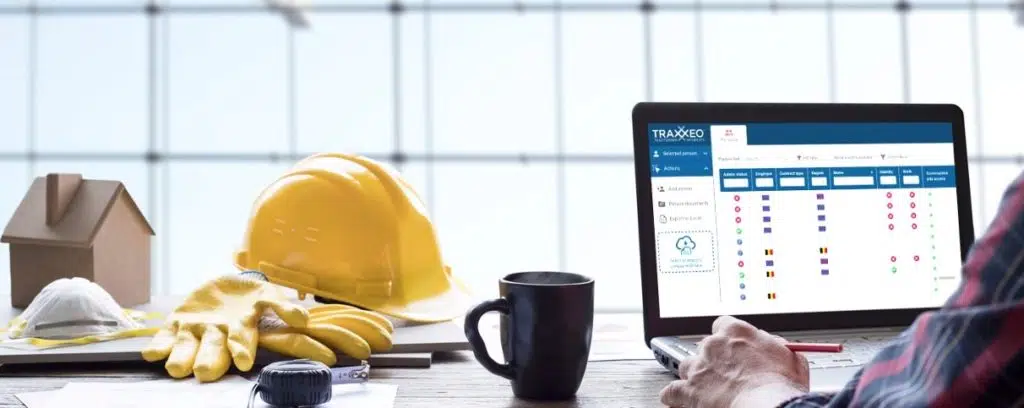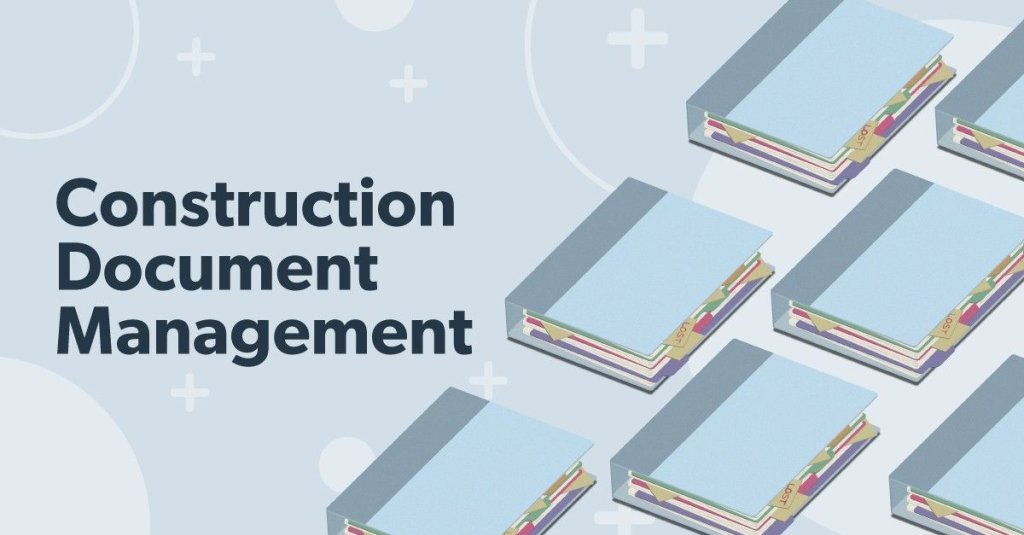Enhancing Workflow Performance: Designer's Expert Approaches for Building File Monitoring
In the realm of architectural design and building, the careful administration of records stands as a cornerstone for project success. These strategies not only make certain smooth task development yet additionally hold the vital to unlocking boosted performance and accuracy in the detailed world of building paper administration.
Secret Paper Company Techniques
When managing construction documents, among the vital strategies that designers utilize is establishing a systematic and efficient company system. This system typically entails classifying files based on their kind, such as illustrations, specs, contracts, and permits. By developing clear and distinctive categories, architects can promptly locate particular details when needed, saving time and reducing errors in the building and construction process.
Within each group, designers further organize papers by making use of or creating subfolders numbering systems to signify versions or modifications (construction document management). This ordered structure makes sure that one of the most current and appropriate information is easily available while keeping a document of adjustments made throughout the job timeline
Furthermore, engineers often make use of digital paper monitoring systems that supply features like keyword search functions, version control, and gain access to constraints to boost organization and cooperation among project stakeholders. These tools streamline the document retrieval process, promote real-time updates, and promote seamless communication, ultimately contributing to the overall success of the construction project.
Collaborative Platform Assimilation
To optimize record management efficiency in construction projects, engineers seamlessly incorporate joint systems to improve communication and streamline control amongst task stakeholders. By leveraging joint systems such as job management software, cloud-based storage space systems, and interaction tools, architects can develop a central hub for all project-related documents and communication networks. These platforms allow team participants to accessibility, review, and work together on documents in real-time, minimizing delays and the risk of errors related to standard file management approaches.
Collective system integration likewise cultivates transparency and accountability within the project group, as all stakeholders have presence into the current task updates and modifications. By systematizing communication and paper sharing, engineers can make certain that all group participants are working from one of the most current details, minimizing the possibilities of disputes or misconceptions developing as a result of out-of-date papers.
Furthermore, collective systems make it possible for smooth collaboration between engineers, specialists, customers, and various other project stakeholders, promoting a more cohesive and effective job process. By damaging down interaction obstacles and helping with info exchange, designers can drive efficiency and advancement in building and construction tasks, inevitably bring about effective task end results.
Variation Control Finest Practices
Executing efficient version control practices is vital for preserving paper precision and consistency in building projects. By establishing a clear system for managing revisions, task teams can guarantee that everyone is working from one of the most current documents, lowering the threat of mistakes and inconsistencies during the building phase.
Among the key best practices for variation control is to designate distinct identifiers to each document variation. This can be accomplished by utilizing a numbering system or date stamp that plainly shows the order of modifications. By plainly classifying each version, team participants can quickly track the progression of the document and recognize the most recent variation.

Automation Devices for Performance

File control software application, like Procore or PlanGrid, streamlines project documents, making it quickly accessible to all stakeholders. These platforms enable for real-time partnership, variation control, and automated back-ups, guarding versus information loss. Additionally, Building Information Modeling (BIM) software automates the generation of building illustrations and makes certain that adjustments are synchronized across all related documents.
Integrating automation tools with cloud storage space solutions further enhances accessibility and security. By automating the record management process, task groups can concentrate their effort and time on value-adding tasks, eventually enhancing efficiency and project outcomes.
Secure Information Monitoring Solutions
Successfully securing and handling project data is extremely important in the building and construction sector to make sure privacy and integrity throughout the task lifecycle. Safe and secure data administration services play a critical duty in securing sensitive Visit Your URL details from unapproved access or violations. Building firms can make use of encrypted cloud storage space services to firmly keep and share project documents with accredited workers. Implementing accessibility controls, such as individual authentication and approval setups, guarantees that just licensed individuals can watch or customize sensitive data.
Furthermore, using electronic rights administration (DRM) devices adds an additional layer of security by stopping the unapproved distribution or duplication of task files. Routine information backups are necessary to reduce the danger of information loss because of unpredicted situations like equipment failings or cyber-attacks. Joint platforms with built-in safety attributes enable seamless communication and data sharing amongst project team participants while preserving information honesty.
Verdict
Finally, executing vital document organization methods, incorporating joint systems, practicing version control best techniques, using automation tools, and embracing protected information monitoring solutions are crucial approaches for boosting operations performance in construction document management. These professional techniques can improve processes, improve interaction, make certain precision, and preserve data safety and security throughout the construction project lifecycle.
In the world of building layout and building, the precise management of documents stands as a keystone for task success. These methods not only ensure smooth task development however also hold the vital to opening improved performance and accuracy in the elaborate world of building and construction file management.
To maximize paper administration efficiency in building and construction jobs, engineers effortlessly integrate joint platforms to enhance interaction and enhance coordination amongst project stakeholders. These systems allow group members to accessibility, review, and team up on files in real-time, lowering delays and the threat of mistakes associated with standard document monitoring methods.
Using automation tools in building document administration significantly improves performance and enhances procedures for project groups. construction document management.